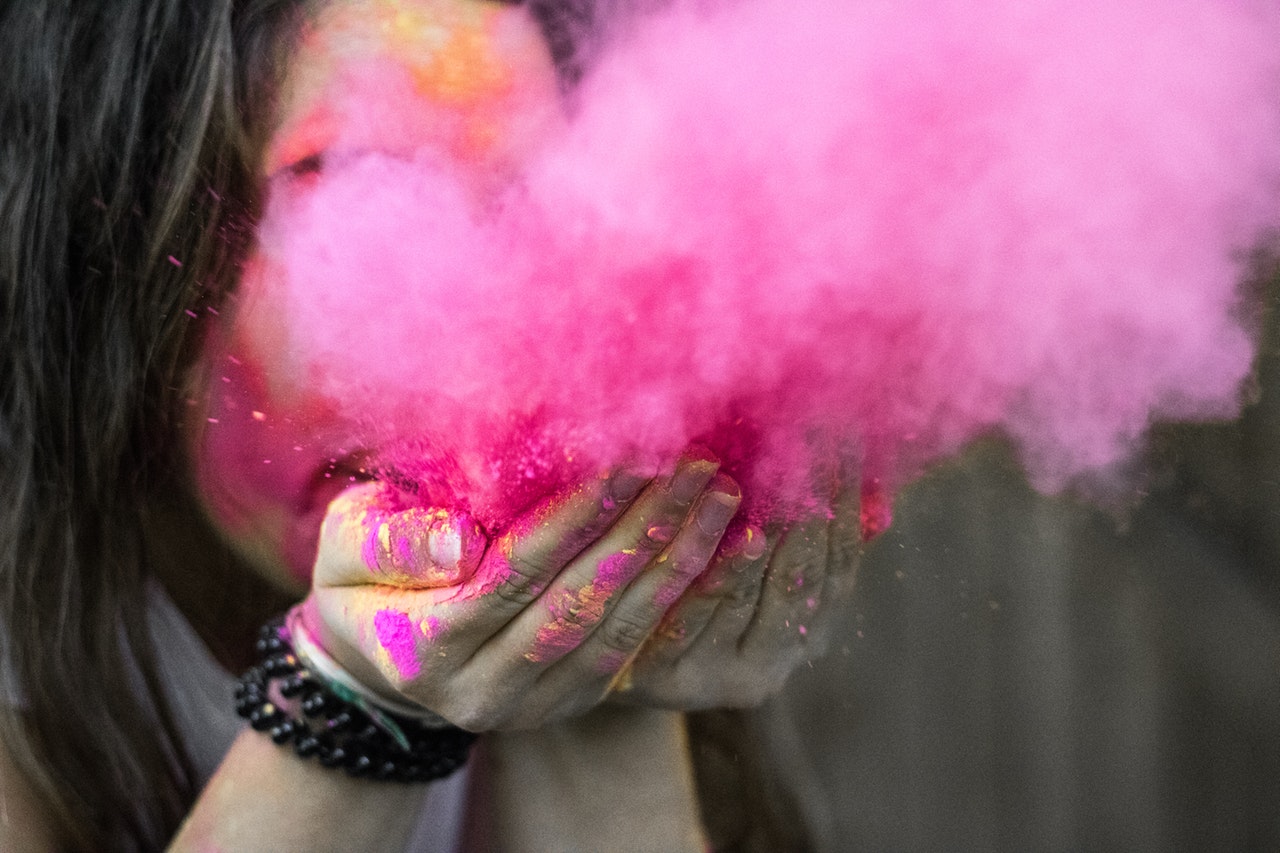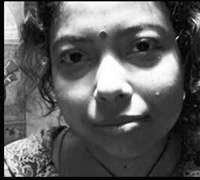
There are several stages about children's learning to paint: some parents don't know exactly what stage their children are in, and what should be learned at this stage.
The segmentation of children's drawings is divided into four stages: the graffiti period, the symbol period, the expression period, and the realistic period. And they also correspond to some age groups, the graffiti period is divided into purposeless graffiti (1 to 2 years old) and purposeful graffiti (3 to 4 years old children); the symbol period is 4 to 5 years old children; the performance period is Children 6 to 7 years of age; the realistic period is also called the transition period, for children 8 to 10 years of age. The following is a detailed description of these words:
1. Graffiti period (before 4 years old)
Random doodle, feel the satisfaction and happiness brought by the traces left on the paper through the movement of the hand.
In this period, the children painted with ease. The “works” in the pen have no specific image, and there are only various lines on the paper. Some parents will think that children are painting randomly. In fact, this is the true embodiment of children's painting at this stage. It is a good phenomenon to draw by hand!
Points to note at this stage:
A. Please don't disturb your child when drawing. This is very important. The concentration-time of a child of this age is relatively short, and repeated interruptions will only distract him.
B. After the drawing is finished, listen to what the child is talking about, and encourage them appropriately. Use childish language more to appreciate the content from their perspective.
C. Don't deliberately ask the child to draw something, and don't interfere too much with the idea of drawing.
The key: focus on cultivating the child's ability of oral expression and image thinking, and use some small games to teach, such as finding crayons, adding strokes, and creating lines.
2. Symbolic period (4-6 years old)
The symbolic period is also called the symbolic period. During this period, children were able to further control the movement of the hands, and the image is drawn seemed to see something.
Children of this period are able to create their own graphic symbols and start naming. When the adult asked, "What is this painting?" At that time, he can name his painting. For example, this is my father, mother, this is my goldfish, lion, etc. Sometimes he looked at his paintings and kept talking to himself.
Children who symbolize the early days often paint people as “stupid people”, and they only pay attention to the main characteristics when they observe things. In this period, children's concept of external things is self-centred and symbolic of intuition. The difference from the real object image is larger and more original. The characteristics of the picture are naive, simple, incomplete, and some approximate symbols and the lines are not smooth, like Yeah learn the language.
Points to note at this stage:
A. Don't say that children draw like or not, right or wrong. Painting is not like mathematics. One plus one equals two. It does not have an objective measure. You must know that the painting style also has a brutalist style!
B. Guide children to observe the details of things and the relationship between various parts, enrich the details, and use various elements to enrich the picture content.
C. Let the children use their painting language to express things in life.
D. Be bold and easy when painting. Set a variety of painting themes to stimulate children's imagination.
The key: focus on cultivating children's ability to observe and create, integrate into the hands-on ability such as tearing, sticking, spelling, cutting, etc., and more exposure to different things and painting materials.
3. Performance period (6-7 years old)
The expression period is the golden period for children to learn children's drawings, the period when children's thinking is most active, and the period when children's drawings are created the most. They are able to express their ideas, gradually have a clear understanding of modelling, and have a clear tendency to be realistic.
Younger people can paint what they think, and older people can paint what they see. The observation was further enhanced and details began to be drawn. Children after the age of 6 can write down what they see and hear as a whole and can summarize and recombine what they see with memory.
Points to note at this stage:
A. Guide children to observe the relationship between details and the whole, and emphasize the importance of the whole.
B. Cultivate children's imagination and creativity through guidance.
C. let children easily and boldly create their own painting language works, pay attention to children's subjective consciousness, do not overemphasize the reality of things.
The key: through various methods and channels to cultivate children's imagination and image memory, you can take your children to the museum to visit the exhibition and feel the artistic atmosphere.
4. Reality period (over 8 years old)
During this period, children began to transform into realism, caring about the quality of their works, paying attention to the realism of the objects depicted, and love to appreciate works with three-dimensionality, rich light and shade changes, and strong colors.
During this period, the development of children's imagination and image memory gradually slowed down. To observe the rapid development of realistic ability, it is necessary to cultivate the ability of sketching.
During this period, children can better understand and accept the professional knowledge and techniques of art and theoretical knowledge can also enter systematic learning.
Points to note at this stage:
A. Cultivate diversified art studies through courses such as watercolor, Chinese painting, animation, sketching, etc., and also laid a solid foundation for the better study of sketching, color, and sketching in the future.
B. Improving students' aesthetic ability through exposure to various painting styles.
C. Applying disciplines such as music, dance, geography, nature, and humanities to art teaching to cultivate comprehensive artistic literacy
Key points: A, observation ability B, appreciation ability
Parents can take a seat according to your child's age, so you can know at what stage your child is painting. Of course, these laws are universal, and they are aimed at the painting stage of most children, excluding some special circumstances. For example, among many children, the development of a certain period, some earlier, some later, and some in some Talent is better, on the one hand, this depends on the specific situation. Parents and teachers should follow the characteristics of their children's age and grasp different golden ages to guide their children's drawing direction. Don't do anything to promote seedlings.

After doing the traditional art, the next step is digital art, For digital art, we use laptop and Tablet. It has the advantage to use a laptop and tablet to store the art and paints, touch and possibly we can test our arts and paint as well. The main advantage of digital art is to save time and resources.
Whenever children show their work to parents after class, they should listen more to their content. Sometimes the children’s creativity makes me sigh. For example, when Li Xiang draws flowers, he will intimately add a small electric fan to resist the hot sun; every time Ma Xinrou draws sun clouds, these common and common objects will have different creative ideas. She was surprised that she had never painted two Jiang Jiaxin will integrate daily life into his works. The content of the picture is innocent and beautiful, recording a happy childhood and innocence ... When I understand the children's works; timely encouragement will greatly help the children to learn painting!





















